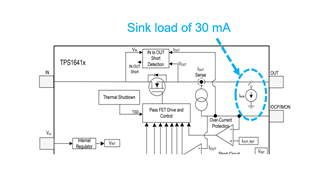Tool/software:
Hi team,
I used TPS16412.
In to Out short detection caused start up problems.
Therefore, could you tell me some questions?
1 : In the following equation, when it has Iripple, TPS16412 assert a in to out short detection?
2 : I believe without the In to Out short detection is TPS16416.
Is this all the same as TPS16412 except for the In to Out short detection?
I need UL certification.
3 : Could you tell me when this detection would be useful?
Is DC current the basic use case?
BR,
Kengo.






